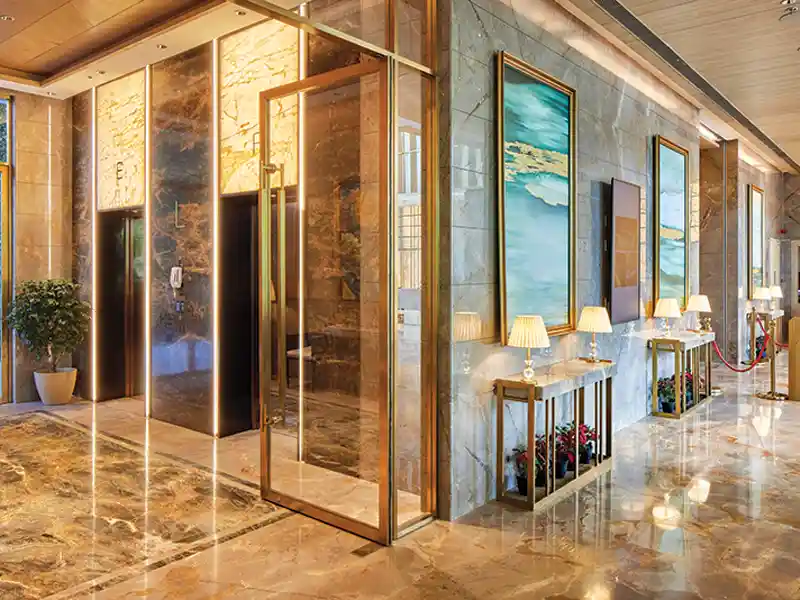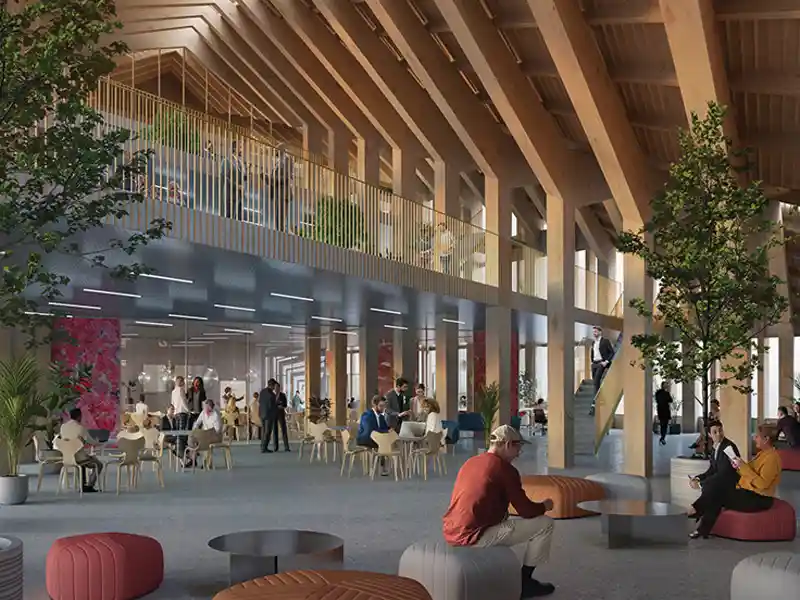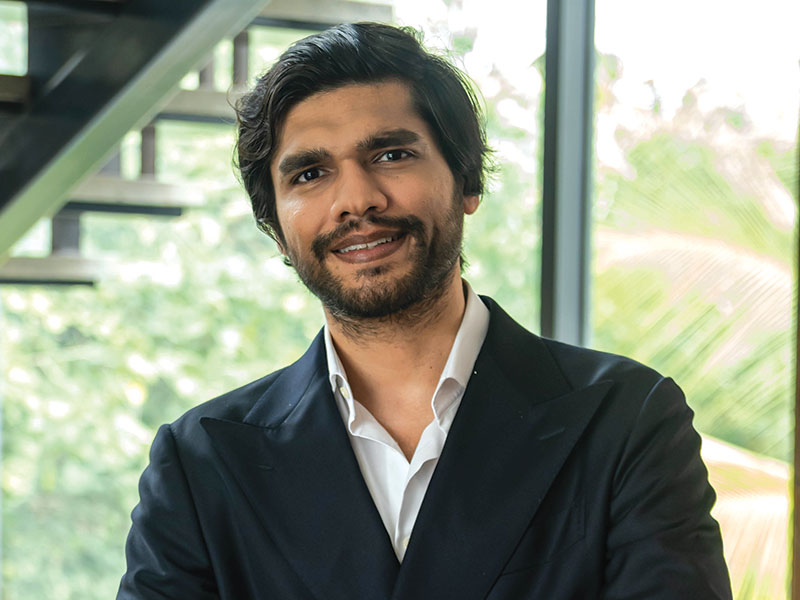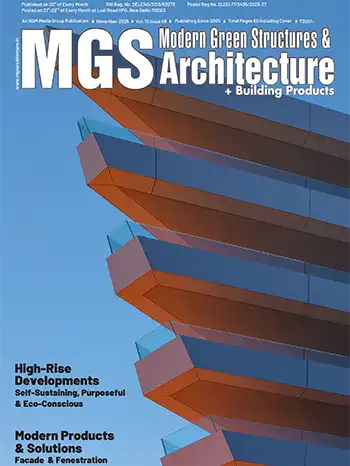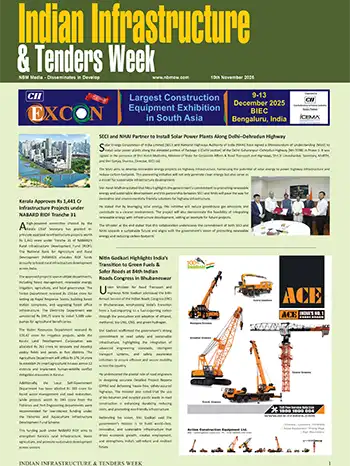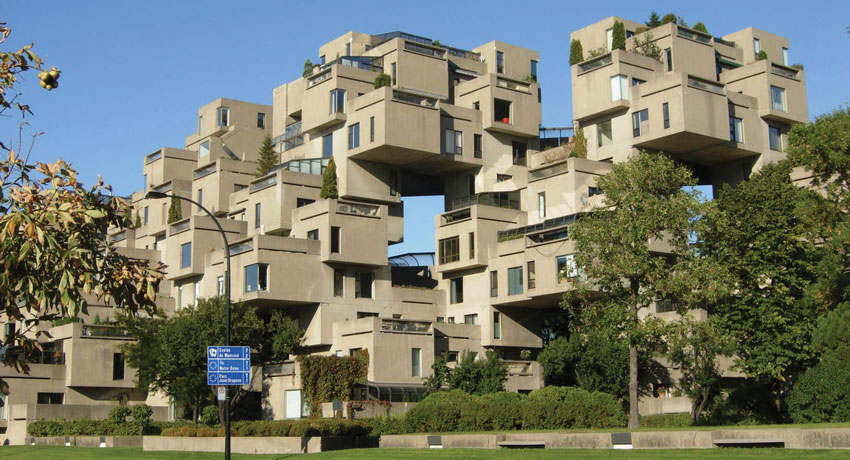
The architect and urban planner, Moshe Safdie is world's renowned for his head turning designs. He always embraces a comprehensive and humane design philosophy and is committed to architecture that supports and enhances a project's program; and is informed by the geographic, social, and cultural elements that define a place; and also that responds to human needs and aspirations. He believes that a successful building must embody a sense of its purpose, place and tectonics. Most importantly, a work of architecture must give expression to the life for which it is intended: it not only satisfies the requirements of the program competently, but also its form should resonate with the diverse spaces and activities it contains.
He has worked on wide range of projects including cultural, educational, and civic institutions; neighborhoods and public parks; mixed-use urban centers and airports; and master plans for existing communities and entirely new cities around the world.
About Moshe Safdie
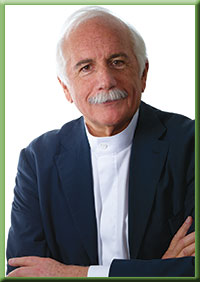
He was approached by Sandy van Ginkel, his thesis advisor, to develop the master plan for the 1967 World Exhibition. Influenced by his graduate thesis at McGill, Safdie refined a series of "Habitat" designs which revolved around a cellular housing scheme. Initially his ideas proved expensive and difficult to construct, but Safdie introduced the cellular scheme in several areas including New York and Puerto Rico where his ideas were successfully initiated.
In 1970, Safdie established a Jerusalem branch office, commencing an intense involvement with the rebuilding of Jerusalem. He was responsible for major segments of the restoration of the Old City and the reconstruction of the new center, linking the Old and New Cities. Over the years, his involvement expanded and included the new city of Modi'in, the new Yad Vashem Holocaust Museum, and the Rabin Memorial Center. During this period, Safdie also became involved in the developing world, working in Senegal, Iran, Singapore, and in the northern Canadian arctic.
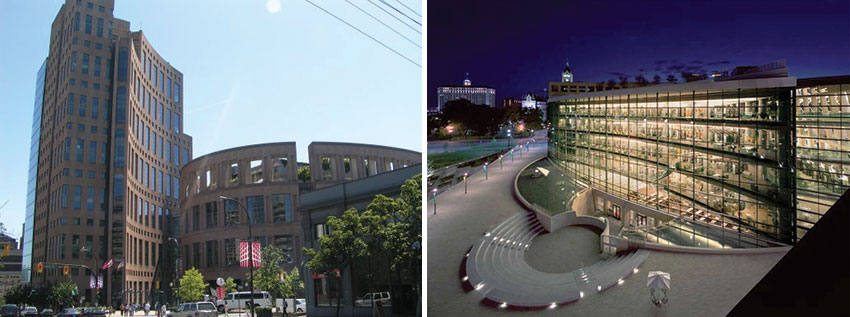
In 1978, after teaching at Yale, McGill, and Ben Gurion Universities, Safdie relocated his residence and principal office to Boston. He served as Director of the Urban Design Program at Harvard University Graduate School of Design from 1978 to 1984, and Ian Woodner Professor of Architecture and Urban Design from 1984 to 1989. In the following decade, he was responsible for the design of six of Canada's principal public institutions, including the Quebec Museum of Civilization, the National Gallery of Canada, and Vancouver Library Square.
Safdie Architect's Design Philosophy
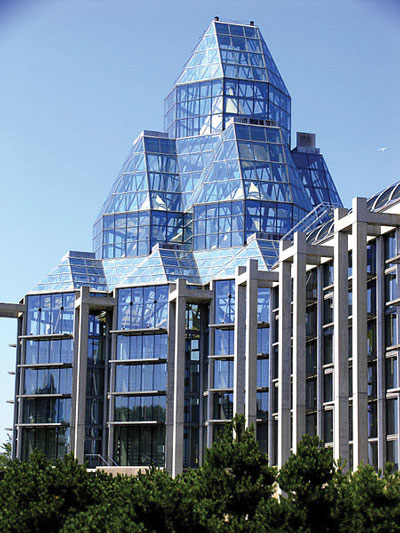
Safdie's Architectural designs are based on the following philosophy:
- One of the most important goals in architecture is to create meaningful, vital and inclusive social spaces. We are responsible for shaping not only a project's program but also its large civil role of enabling and enriching the community.
- Architecture is not about building an impossible structure but about building what makes sense for a specific program and for a particular setting. The notion of ‘inherent buildability' is central to our work.
- We believe that architecture grows out of a vision of the way it can affect the lives of the individuals for whom buildings and public spaces are created.
- As an architect, we are responsible for designing buildings that address human needs and aspirations. For example, a school above all else, must be a wonderful place for learning. Every elements of each design must be an expression of the life intended in a building.
- The strength of our practice lies in the geographical and cultural diversity in which we work.
- Sustainability has been a guiding principle of our work. As architect, we have a responsibility to respond to the issues of energy conservation, of ecology and of renewable materials. We have to use resources efficiently while we advance our clients goals.
Prestigious projects

Some of the major projects currently under construction or recently completed by the Safdie Architects include: Mamilla Alrov Center, a dynamic urban center near the Old City in Jerusalem; Marina Bay Sands, a mixed-use integrated resort in Singapore; Khalsa Heritage Memorial Complex, the national museum of the Sikh people in Punjab, India; the United States Institute of Peace Headquarters on the Mall in Washington, D.C.; the National Campus for the Archeology of Israel in Jerusalem; the West Edge project, a mixed-use facility in Kansas City, Missouri; the Kauffman Center for the Performing Arts in Kansas City, Missouri; and the Crystal Bridges Museum of American Art in Bentonville, Arkansas.
In addition to numerous articles on the theory and practice of architecture, Safdie has written several books, most notably, Beyond Habitat (1970), For Everyone a Garden (1974), Form and Purpose (1982), and Jerusalem: The Future of the Past (1989). The City After the Automobile (1997), details Safdie's ideas about urbanism and city planning. A comprehensive monograph of his work, Moshe Safdie I, was published in 1996. Moshe Safdie II, a second monograph featuring work from 1996-2008, was published in 2009.
He has been the recipient of numerous awards, honorary degrees, and civil honors, including the Companion Order of Canada and the Gold Medal of the Royal Architectural Institute of Canada.

